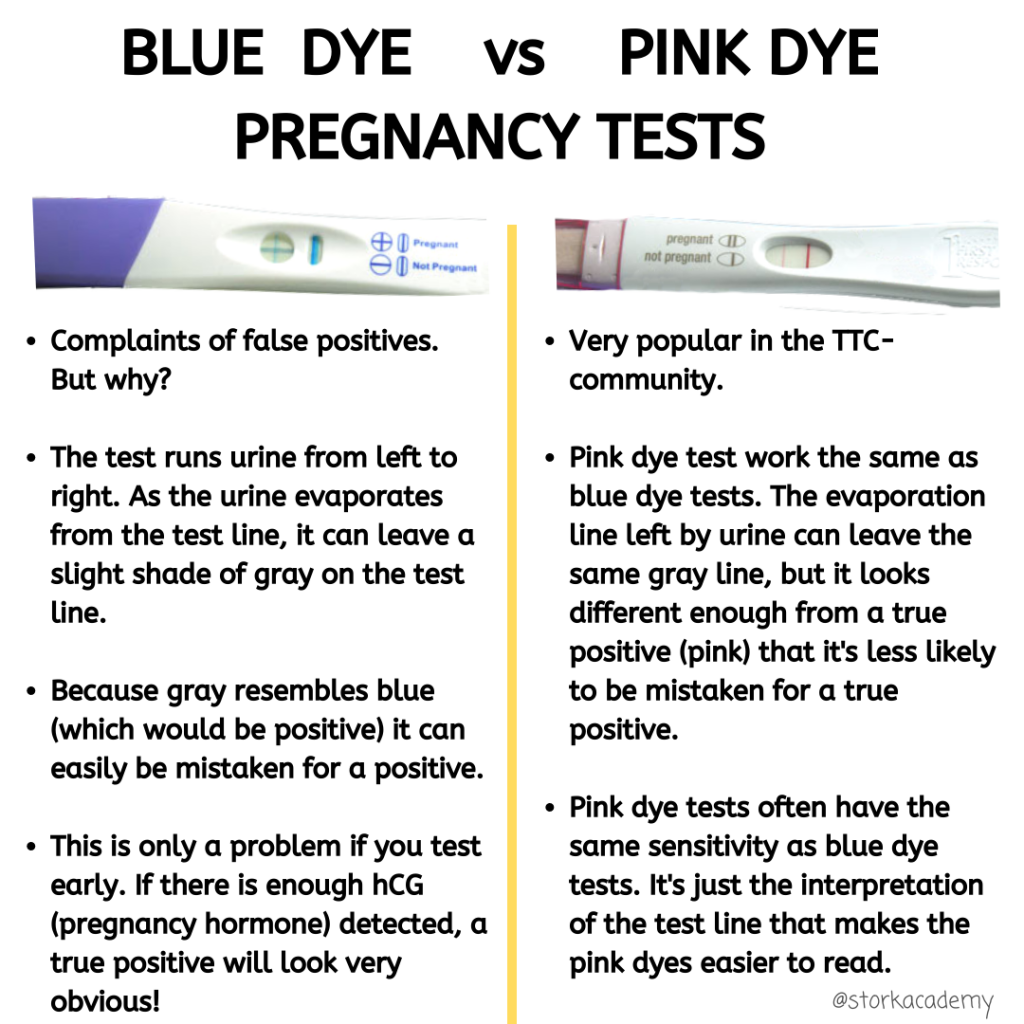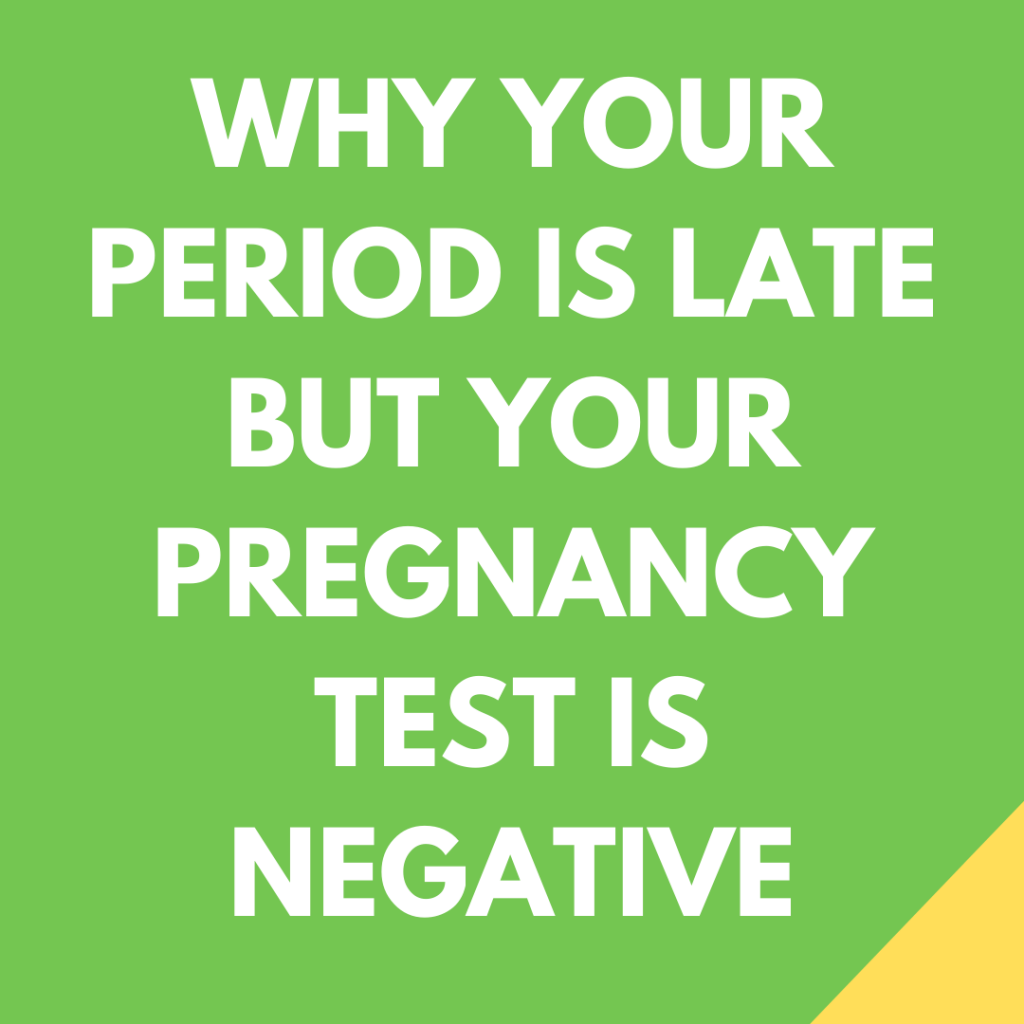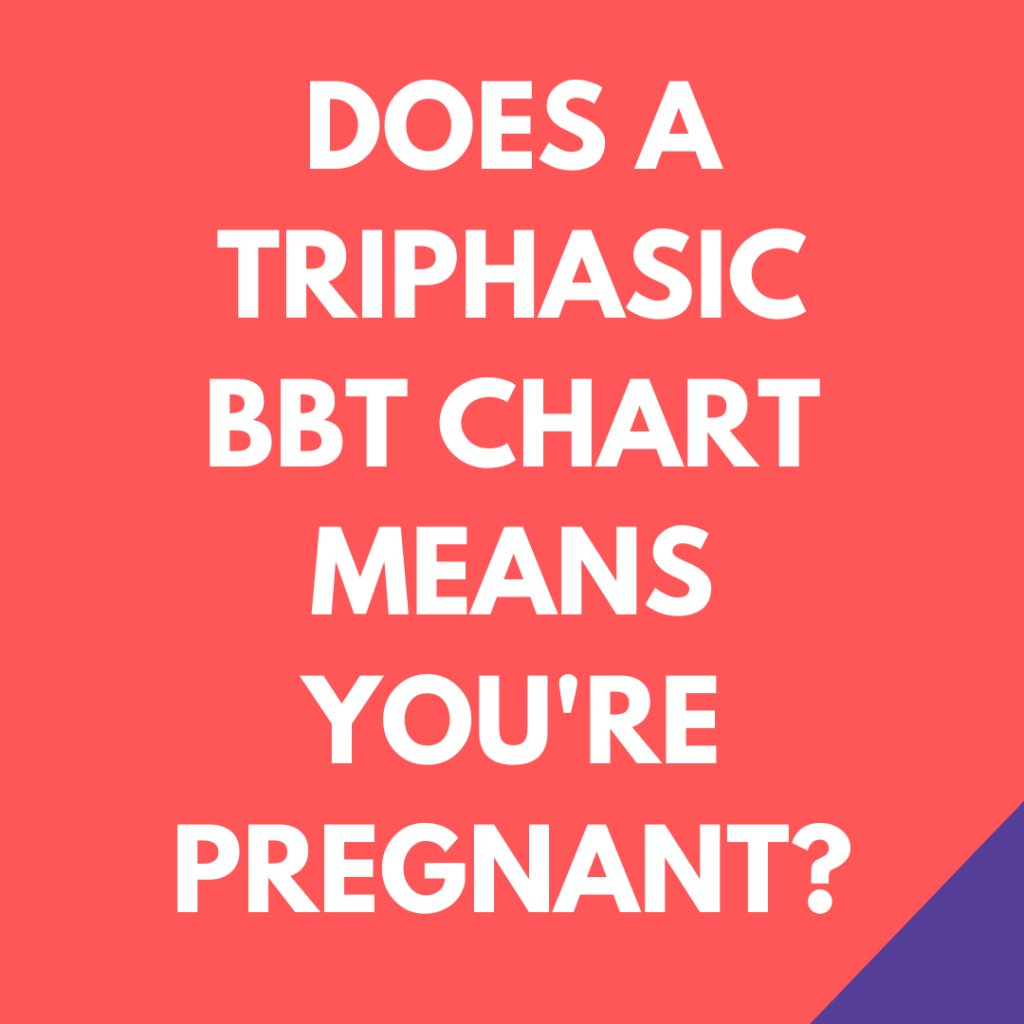We may earn a commission from affiliate links on this page.
The Blue vs Pink Dye Discussion
We all know that even a faint line still means you’re pregnant. But what if that faint line shows up on a blue dye test, is it any different?

Pregnancy tests (no matter what color) work by detecting hCG (the pregnancy hormone) in your urine. There are two main antibody strips on the test. As your urine moves across the test, the hCG present in your urine (if you’re pregnant) binds to the antibodies of the test line, and a chemical reaction causes a change in color (blue for blue dye tests and pink for pink dye tests).
There is always a control line. A line that will show up whether you’re pregnant or not. This is to make sure that the test is working. If you don’t see any lines at all, the test isn’t working!
But as the urine moves through the test, it may leave a thin grayish line. This is often called the evap line, because it’s caused by the evaporation of urine. It doesn’t always happen, but it could!
The Infamous Evap Line
You can get evap lines with any line-test. The problem with blue dye tests is that the blue line of a true positive can sort of resemble a gray-ish evap line that could show up even if you’re NOT pregnant. This may lead you to doubt the results!
If you wait long enough for hCG to build up, there won’t be any doubts regardless of what test you use. That is because you start producing hCG as soon as the embryo has implanted (which is often between 8-10 days after ovulation) and it doubles approximately every 48-hours. But it’s those early days that give the blue dye tests a bad rep! That’s when your hCG levels aren’t high enough yet to produce a very obvious line. If you wait until 14 days after ovulation (which is NOT necessarily when your period is due!), your levels should be high enough to produce an obvious line on any test.
Pink vs Blue Dye Pregnancy Tests: What’s the Difference?
The key difference between pink and blue dye pregnancy tests comes down to the visibility and intensity of the positive line that shows up when hCG is detected. The antibodies used in pink dye tests produce a darker, more vivid line. Meanwhile, the blue dye antibodies yield a lighter, more subdued line.
This can make it harder to interpret faint positive lines on blue tests, especially in those early days when hCG levels are still relatively low. Evaporation lines may also be more prone to mimicking a true positive with blue dye. Therefore, many of us find pink dye tests offer clearer, undisputed results.
However, neither pink nor blue tests are necessarily more accurate or sensitive overall. Both detect the pregnancy hormone hCG. It’s just a matter of the color intensity of the positive line.
Why Choose Pink Dye Pregnancy Tests?
So why do many women swear by pink dye pregnancy tests over blue? Here are some key reasons:
– Easier to interpret results: The darker positive line is more definitive, whereas blue dye tests can produce faint lines that are hard to distinguish from evap lines.
– Earlier detection potential: Some pink dye tests are famous for detecting lower levels of hCG, meaning you may get a positive result 1-2 days sooner.
– Reduced ambiguity: Pink dye tests offer clearer positive/negative results, while blue dye tests may leave you questioning faint lines.
– More vivid lines: The pink antibody reaction tends to produce bold, vivid lines compared to paler blue dye lines.
Bottom line – if you’re questioning faint lines or want the earliest detection possible, pink dye tests are likely your best bet. The color makes a big difference in crispness and intensity.
The Best Pregnancy Tests
Blue or pink, any test can give accurate results. But many impatient testers have more confidence in obvious pink lines versus questionable faint blue ones.
First Response Early Result (FRER) is the famous leader in early pink dye detection. They claim results up to 6 days before a missed period, though your personal timeline may vary based on luteal phase length. The key is that many women can get a positive long before their period is due, sometimes as early as 8 days past ovulation.
For maximum sensitivity, look for a test rated 25 mIU – this detection threshold will pick up lower hCG levels. While FRER is the gold standard, cheaper pink dye tests can be equally sensitive. I got early positives (10 DPO) with inexpensive strips for my pregnancies.
Stock up on multiple options – anxious testers admit to peeing on many sticks seeking reassurance (I’m absolutely one of them)! Know false negatives are common, but false positives are very rare. Any pink line likely means pregnancy, no matter how faint. Check out my favorites to find the perfect test for your needs and budget.



